The winding down and closing of the gardening season can be a welcome break, but it can also be a bit of a let-down. Gardening is a very healthy activity for both mind and body. For smart gardeners, the gardening season is never really “over”, though. Even as we draw the year’s harvests to a close, we can still enjoy some gardening-related tasks and past times to keep us engaged and in touch with our beloved hobby.
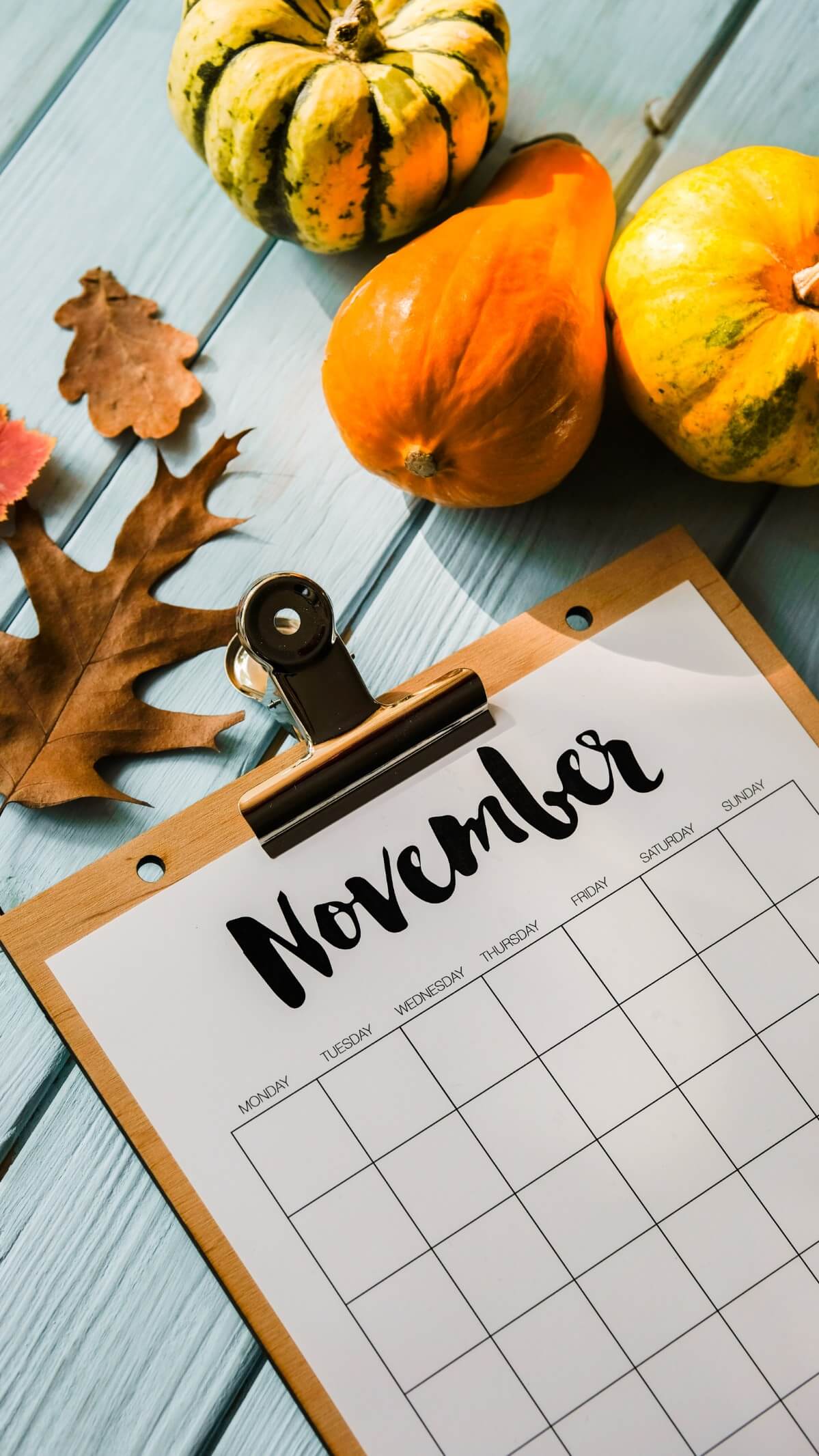
In fact, smart money is definitely in seeing to a few tasks in every month of the year. Taking on a few end-of-season garden “to-dos” in November pays back in many ways. You’ll be better prepared for the next year and you might just save some money, too.
How can we do this in November? Read on for ten top tips and a list of things smart gardeners are doing in November!
Top Ten Things Gardeners Can Do In November
1. Buy clearance seeds.
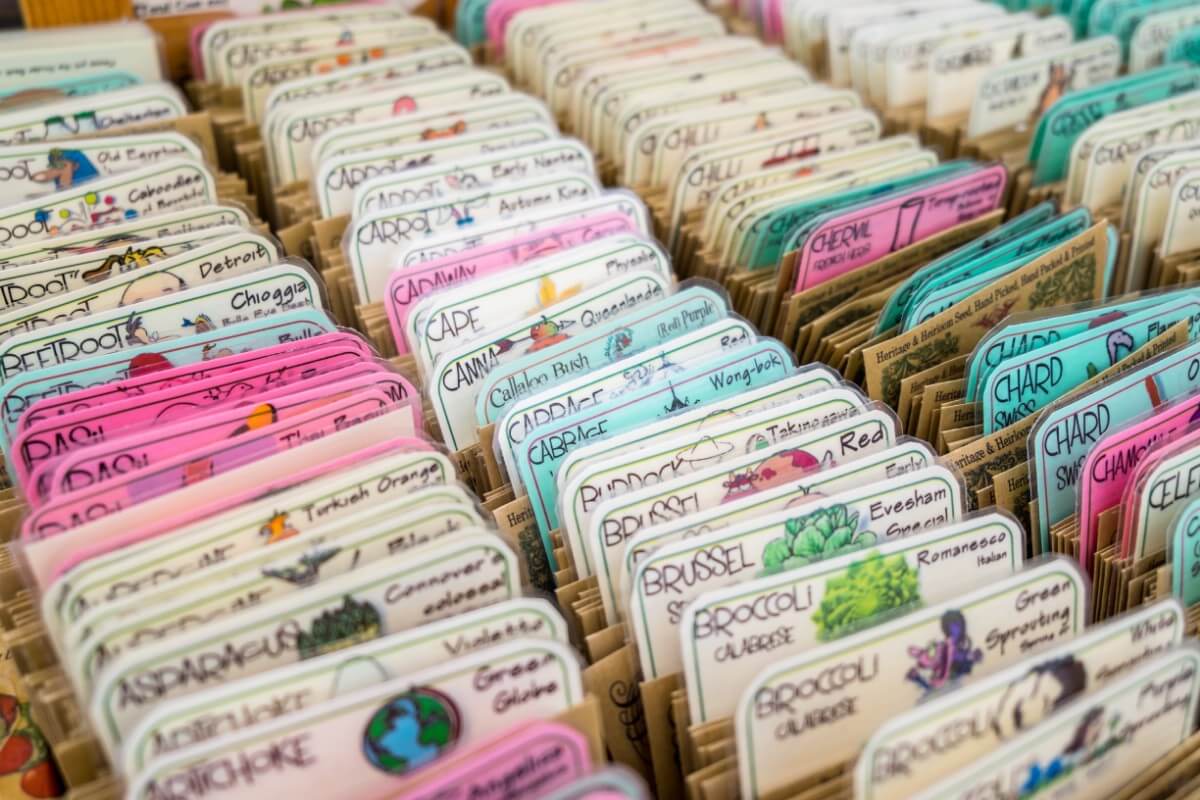
November is the time of year when stores and garden centers are clearing out their leftover stock of the year’s seeds. In fact, many might have started much earlier in the late summer and fall but what is left by November is sure to be at one of the cheapest prices going.
Sellers don’t hang on to seed season after season, even though many seeds are still perfectly good and viable for growing in the next year (or possibly for years after). There are a few seeds that don’t keep well and aren’t recommended for planting after a year or so. These include onions, parsley, salsify, and parsnips (and some lists will include carrots, while others list them viable for up to three years); these are seeds you might not want to spend your clearance seed money on unless you can get a really good deal on a large quantity to overcome poorer germination, or unless you are using them in some way in the next month or two (for example, using parsley for indoor herbs or microgreens).
As you are shopping these deals, think about buying extras for winter growing like baby greens, shoots, microgreens, and sprouts. These are good ways to get fresh food in the winter without needing a lot of light but they are very seed-intensive. Needing so much seed can get expensive so if you can buy a lot on clearance it will make growing these indoor winter veggies much more affordable.
When you’re shopping don’t forget about your favorite online seed sellers, either—many of them are clearing out their stock, too, and making room for the new seed harvest. Both online and off, you can find some excellent deals and bulk buys of leftover seed in the fall.
2. Look around for seeds to save.
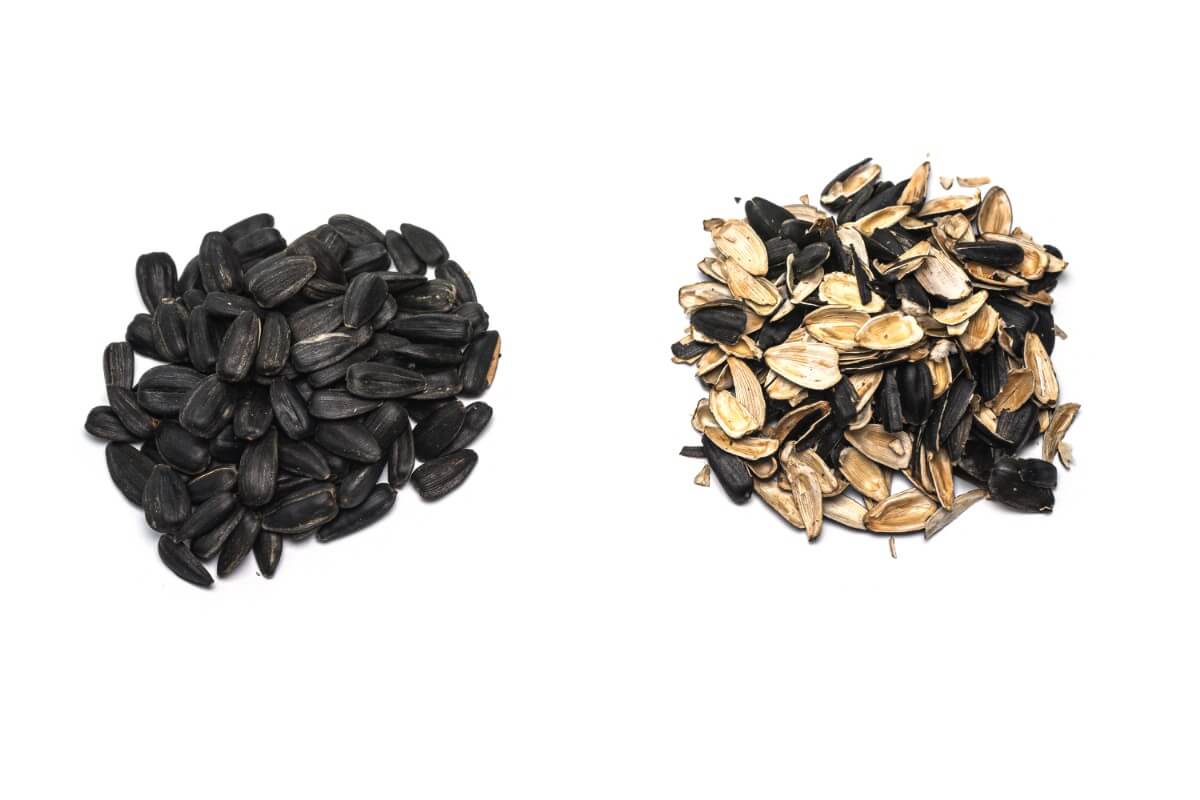
Even though your garden is done or nearly so you might find there are still some seeds out there worth saving. Any seeds that you can save are seeds that you won’t have to buy next season. And not only are seed growers experiencing some shortages, but seeds are only getting more expensive, too! (Not to mention all the other good reasons to save your own seed.)
Take a walk around your “dead” and dying garden and see what is out there. Flowers are a good target and their dried central seed heads are easy to save. Sunflowers will often still have an abundance of seeds to share.
Did you let some lettuce or spinach go to seed when your harvesting days were through? Herbs that might have gone to seed are good candidates as well (and a collection of their seeds could be perfect for microgreens). You might even have some ripe late peppers and tomatoes indoors whose seed could still be saved (or a few shriveled and unattractive but worthy of seed collection).
If you’re new to seed-saving and not sure what and how to save them, check out our guide to Simple Seed Saving.
3. Dig leftover remaining hardy herbs for indoor growing.
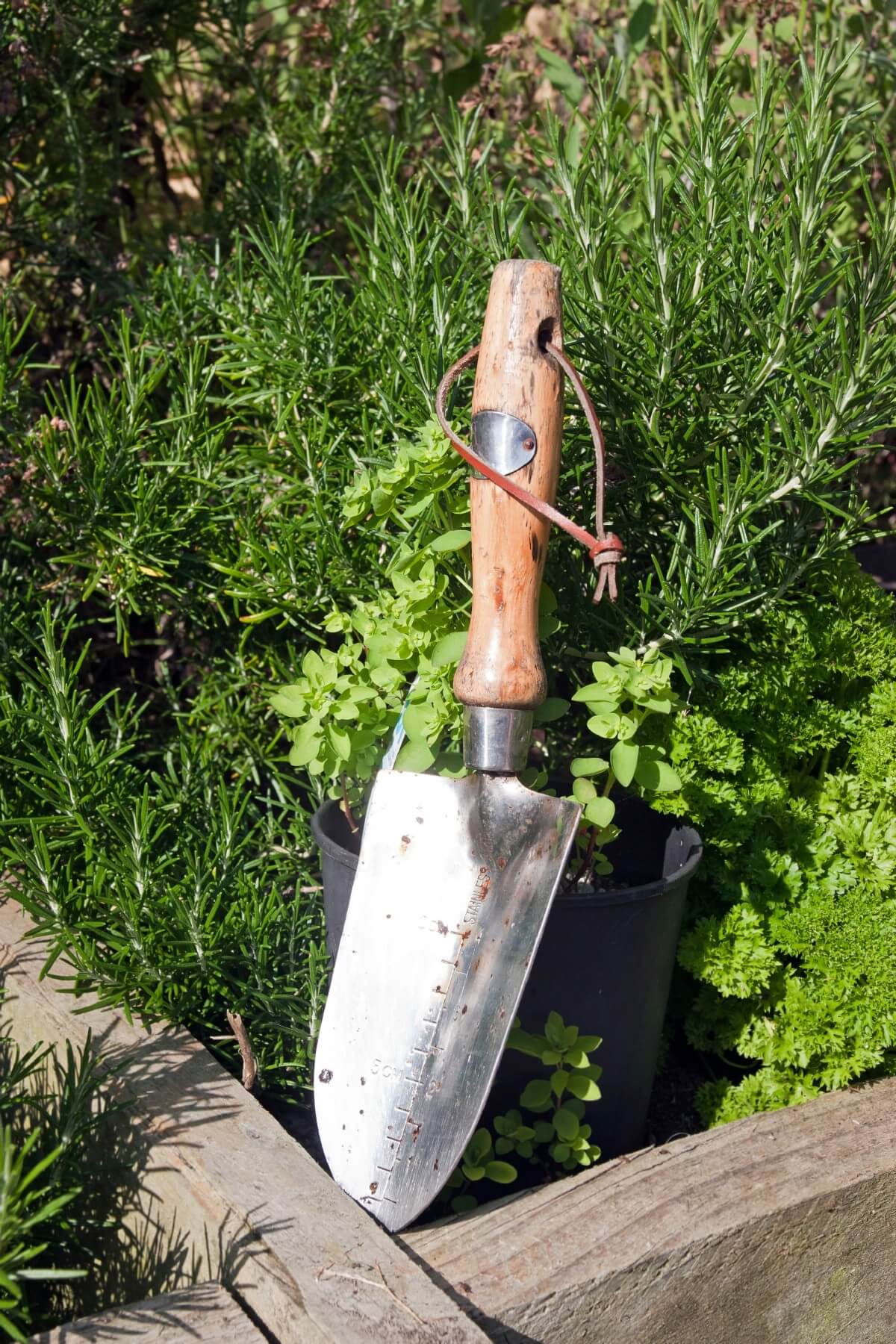
While you’re out looking for possible seeds to save, check to see if your herb garden is still hanging on to some still viable plants. If you’ve experienced frosts the more tender herbs like basil will likely be gone, but you can probably still find some hardier herbs like rosemary, sage, thyme, lavender, possibly parsley, and others with life left to give.
Of course, if left in the ground (and depending on your growing zone) some of these will come back as perennials in the spring but either way, it’s worth digging a plant or a piece to bring inside so you can enjoy fresh herbs all winter. You can plant your survivors back outside in the spring, too. With good care and management, there’s no reason to have to spend money on fresh herbs through the winter, or on new plants to plant in the spring.
One other note—if you don’t want to dig up the whole plant or dig those herbs that are perennial staples of your herb garden, you may be able to take a cutting to propagate instead.
4. Get on seed catalog mailing lists.
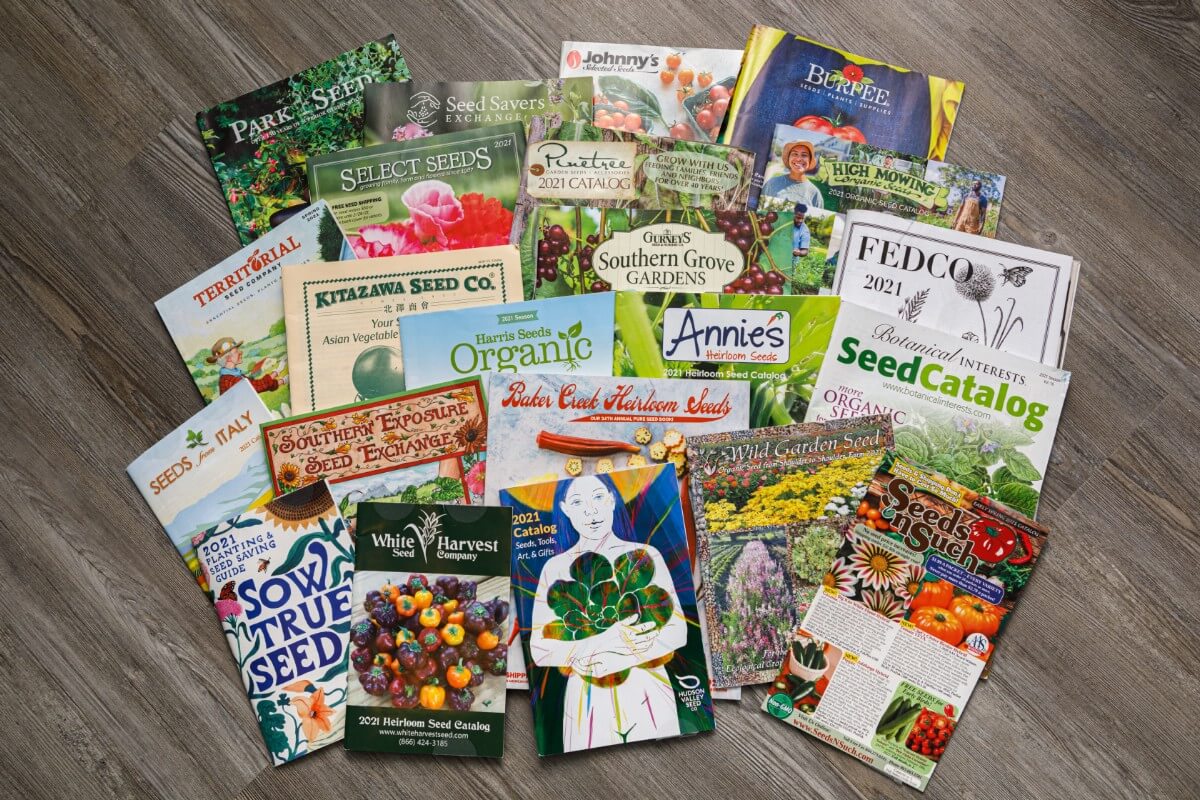
Seed catalogs from most seed companies are free. They are also excellent sources of up-to-date information and often editorial information about what is going on in the world of home gardening. You might be surprised at what seed sellers are giving away for free in these publications. Of course, they are also excellent comprehensive resources for exploring, ordering, and buying seeds, too!
Seed catalogs typically start shipping out in the fall through December or January, so November is a great time to get your name on the mailing list. You can do this right online at the websites of your favorite seed sellers. Many of them offer opt-ins for email newsletters and sales, too. Getting on some good mailing lists is definitely worth doing and will give you something to flip through as you snuggle up indoors over the cold winter months.
5. Plant late bulbs.
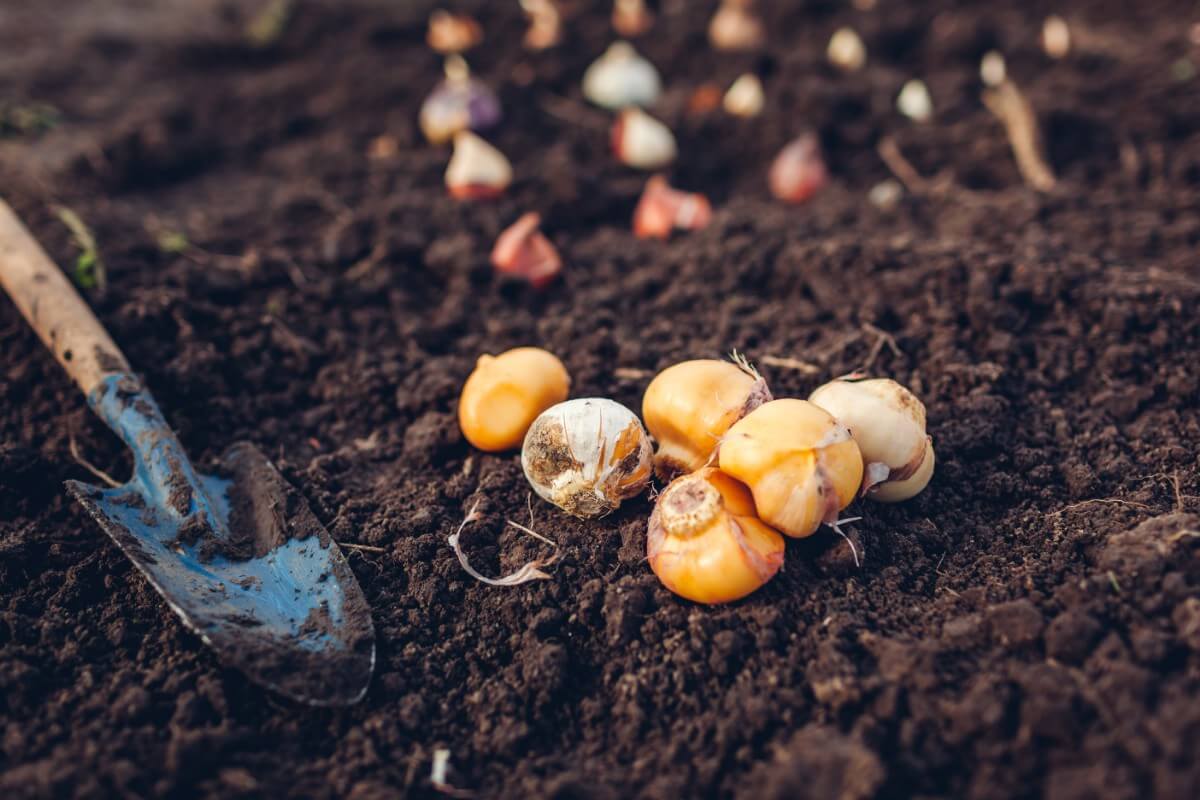
Though it may be a little later than ideal (or depending on where you live it may not), if you can still dig and work your ground you still have time to get some late bulbs in.
What can you plant in November for spring or summer blooms and harvest?
Spring-flowering bulbs, for starters. If the ground isn’t frozen it’s not too late to plant hardy things like tulips, daffodils, snowdrops, crocuses, alliums, and peonies (peonies are actually a tuber, though). On the edible side, plant garlic, onions from sets, multiplier onions, or walking onions (also known as Egyptian onions or Egyptian walking onions).
Here’s a bonus tip—fall is a great time to plant fruit trees and berry bushes, too, and you’ll often find deep deals and great discounts on any your local nursery has leftover.
6. Check garlic for winter storage.
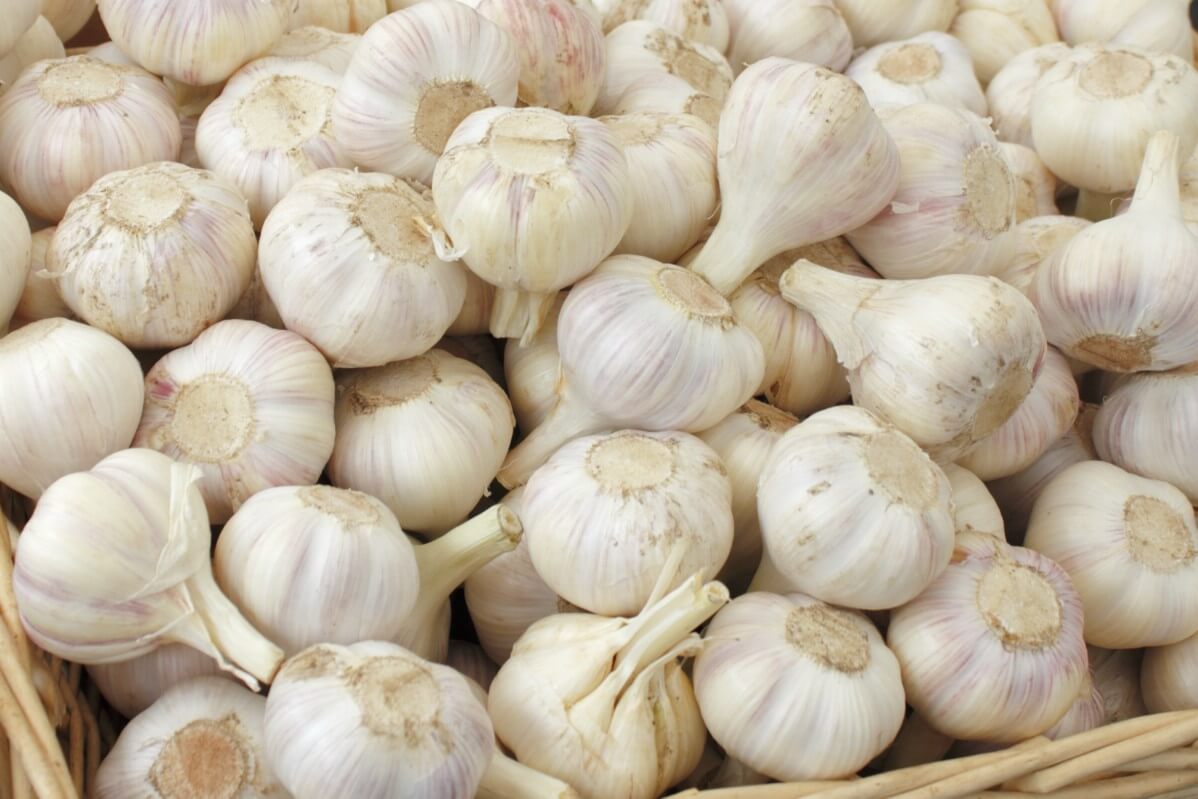
Speaking of garlic, it’s smart to check over your harvested stock of garlic in or around November. Some varieties of garlic, hardnecks especially, don’t store well for more than a few months and by November it’s probably been that long since your garlic was harvested, cured, and stored.
Your softnecks should be in good shape but your hardnecks might need some attention. It’s worth taking a look at both when you look them over.
Don’t just look at the outsides of your garlic, either, because sometimes the early signs of decay can only be found by opening up some of the cloves. Pick through and feel several heads. They should feel firm and not softening or spongy. Peel cloves from a few different heads and check them for brown spotting, molding, or signs of rot.
If you catch decomposition in the early stages, you can still make good use of your stash. If your garlic is starting to dry out or get spotty (or you just prefer a more ready-to-use way to keep it on hand), preserve it instead. You can pickle, mince, freeze, dry, or powder garlic for longer storage. You can also separate cloves and plant them to grow more for next year.
7. Do a final garden harvest and cleanup.
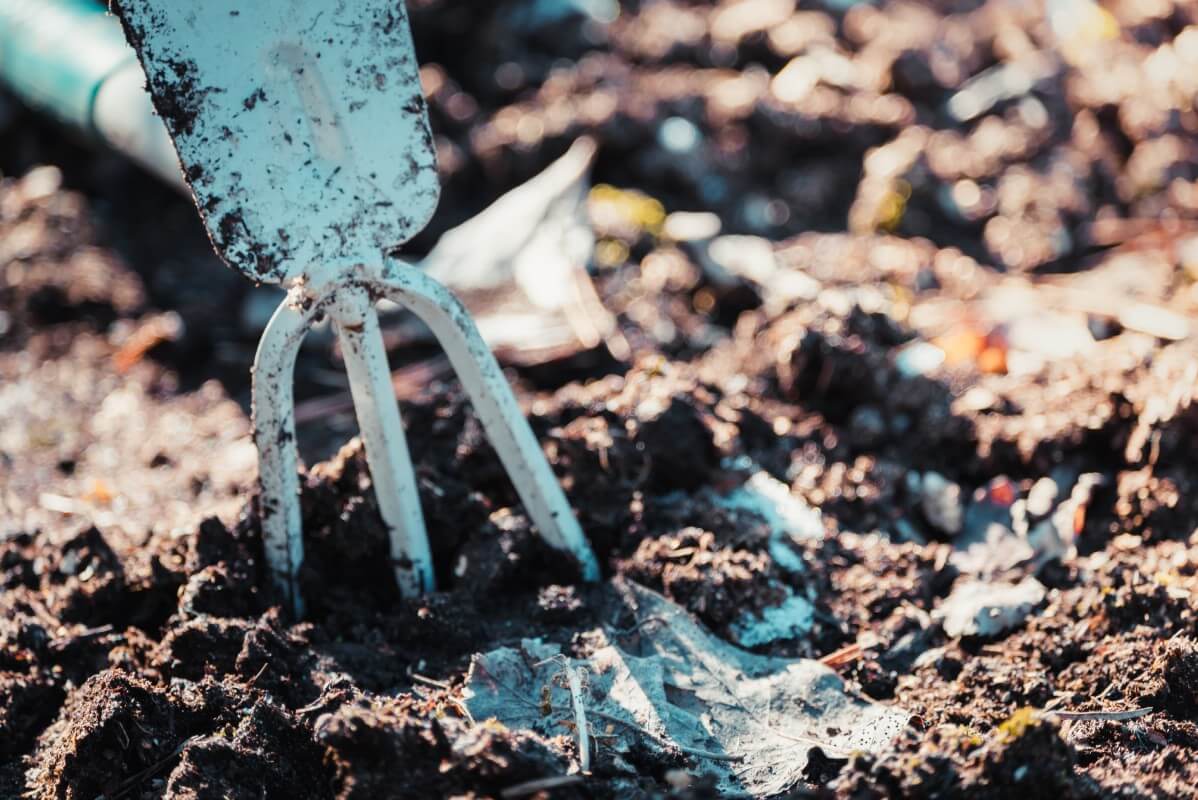
Cleaning up your garden in the fall is always a good idea, even if you don’t care if what’s left there lives or dies. A good fall cleanup will leave your garden ready for growing next spring and can help reduce issues of insects, weeds, pests, and disease. If you’ve got anything left that needs to be harvested, it’s best to get this done in November, at least in many growing locations. This is also a good time to attend to any final cleaning and curing for things like potatoes, onions, root crops, and pumpkins and squashes.
8. Jot down a few garden journal notes.
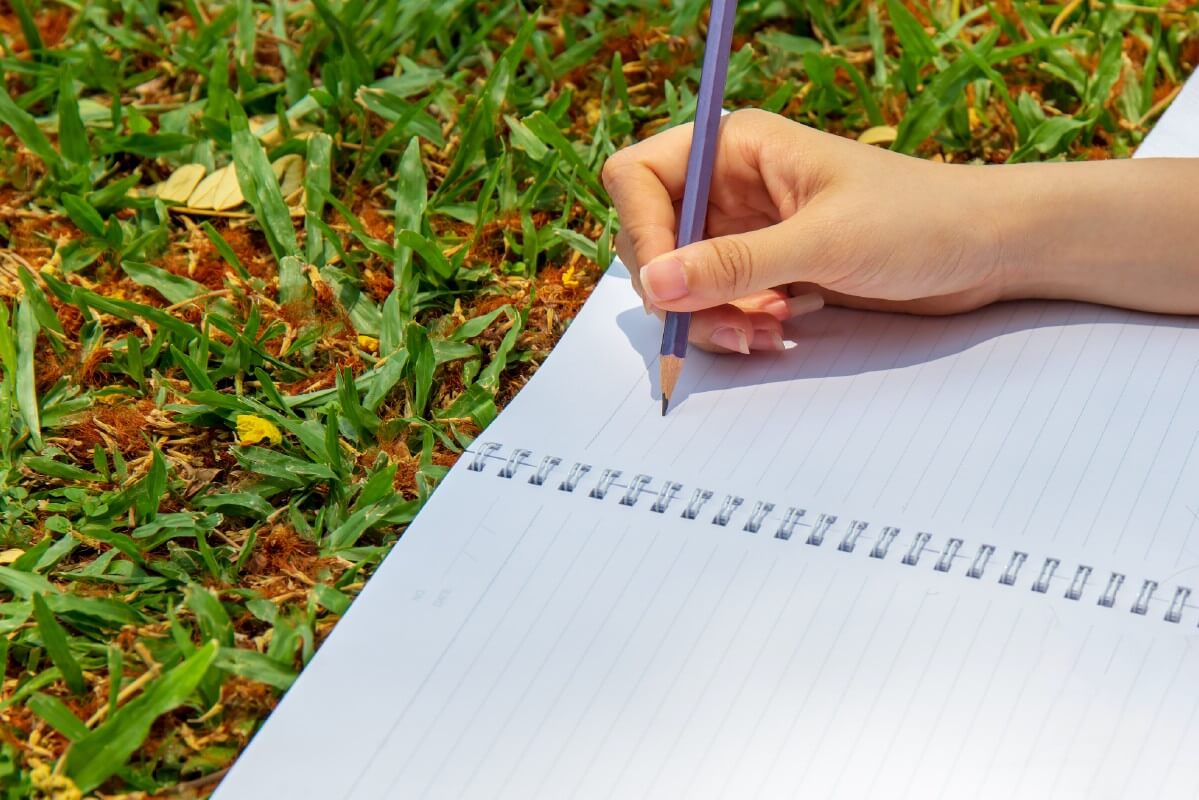
You might think of garden journaling and note-taking as something to be done during the growing season, or at the start of the season when you’re planning and starting your seeds. To be sure, those are prime times for maintaining your garden journal. It’s also a really good idea to take a moment as the season comes to an end to make a few notes about the past growing season. Jot down your thoughts on things like the quantities and varieties of vegetables you grew, whether those numbers were enough, or how you thought the variety performed—anything that comes to mind that you think might help you grow a better, more useful, more efficient garden in the season or seasons ahead.
Why keep a garden journal at all? It will help you remember all those things you think you could never forget, but which the very next garden season proves not to be true. A garden journal is also a long-term reference, not useful just for the next year but for all the years of gardening yet to come. You’ll be able to look back at your notes, plan, grow, and make changes—or maybe retry something that worked well in the past, or be reminded of how best to meet a challenge in a given year and under certain conditions.
9. Start sketching next year’s garden layout.
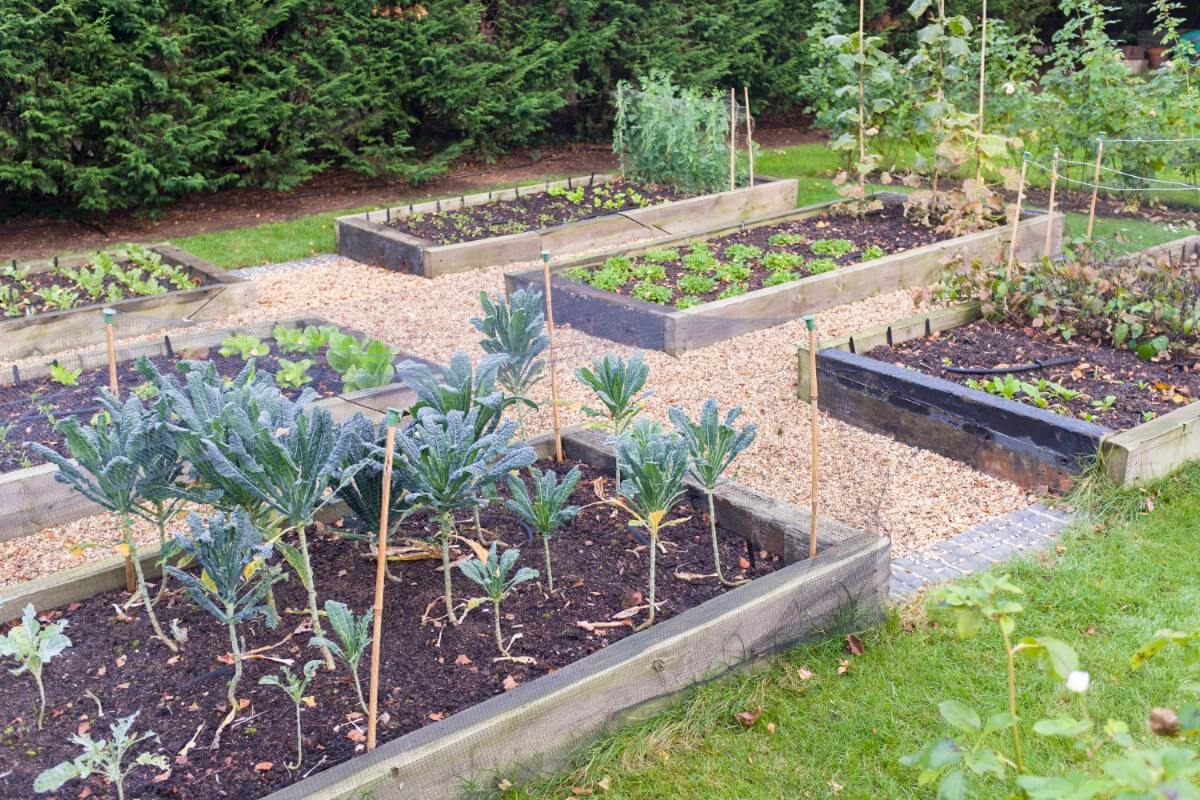
November is also a good time to get out your notebook, graph paper, or spreadsheet and start sketching in some garden layout thoughts for next year. You don’t have to feel like you have to layout your whole garden, but it can be helpful to note where you had things this year and what did and didn’t work in your layout.
It’s also a smart idea to rotate and move around your crops each year for the sake of insect control, disease, and nutrition, so making some sketches or notes about what should be moved while it’s fresh in your mind is very helpful. You might not recall as easily how many broccoli plants you had and where you had them, but if you spend a few relaxing moments with your journal and your garden sketch you won’t be able to forget next season.
As you do this, make sure you include the places where you have perennial plants or beds and anywhere you’ve put in fall-planted and overwintering crops like garlic. Hopefully, these areas are well marked in your garden, but winter and sometimes animal visitors do have a way of doing away with our markers over the months of severe weather!
10. Propagate some houseplants or herbs.
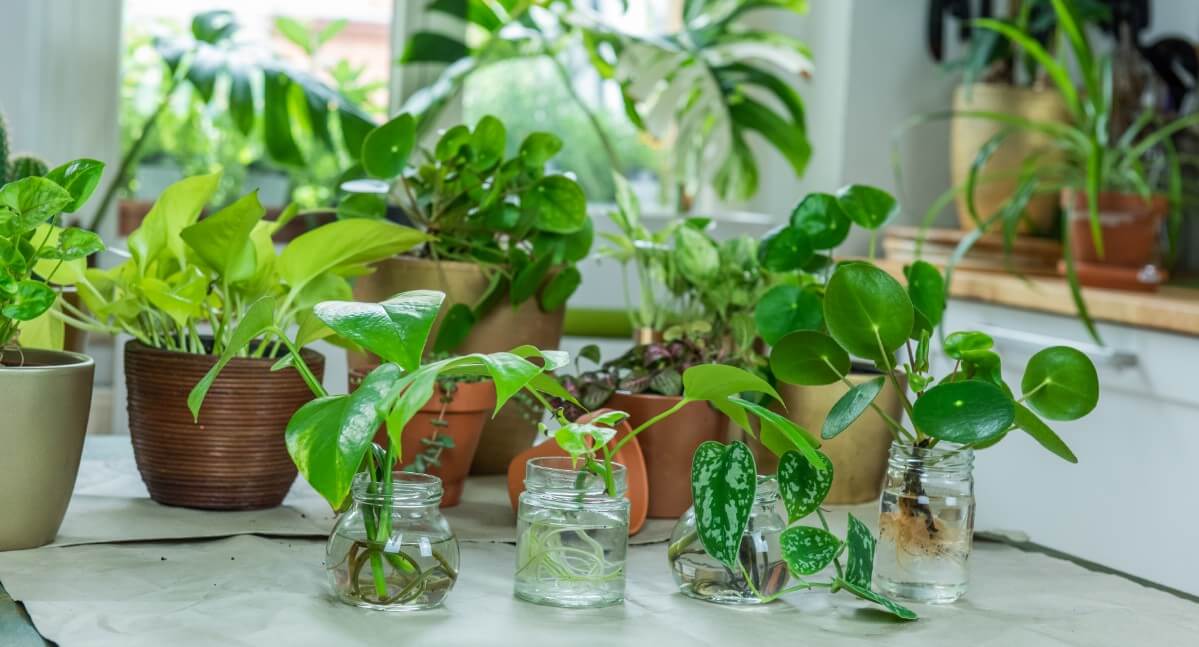
Finally, November is a good transitional month to bring your efforts more indoors. You’ll enjoy these long months more if you have something alive and uplifting to attend to. Propagating plants for indoor growing is the perfect way to do this.
You can take cuttings of some garden plants to keep going (herbs are an especially good choice). Houseplants work well for cutting and propagating, too. Incidentally, propagated plants make excellent, economical gifts for holiday gift-giving--start some in festive small pots in November month and spread the cheer by Christmas!
So, you see, there are still some very smart things we can be doing in and around the garden, or at least indoors with a nod to gardening, even in the unpredictable transition month of November. Doing these things will set the stage well for your garden next year and also for some slower-paced interests to carry you through the coming cold. After all, every month is a good month to keep up with your gardening hobby!


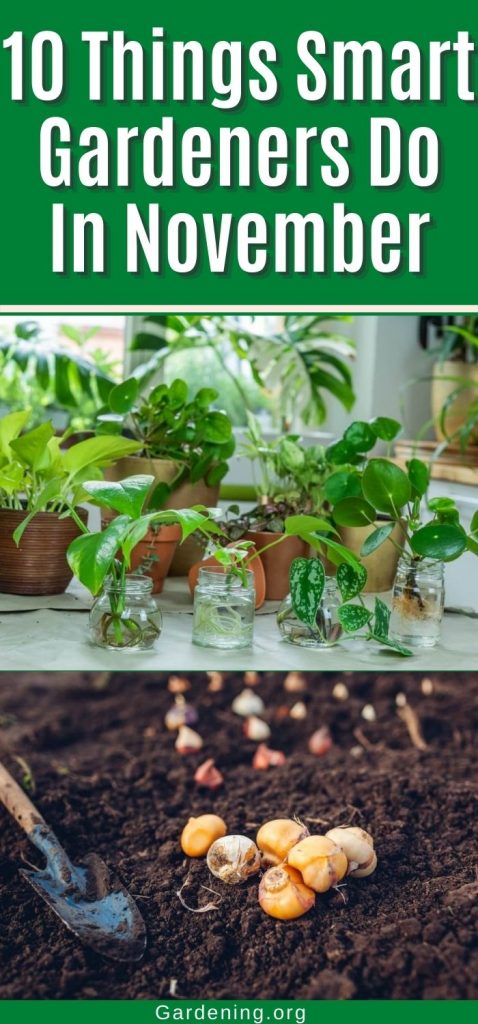
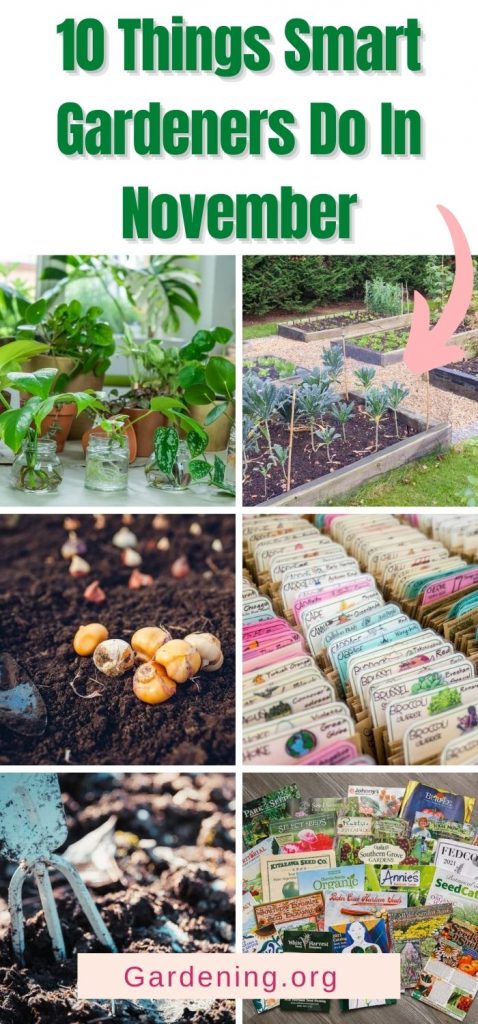





Lynn Burgett
It does not say to keep at room temp, freeze or refrigerate?? So confused. Take out how long before planting, how long to refrigerate??
Mary Ward
Sorry I'm not exactly sure what you're referring to. If it is seed storage, there is a range and a few different options. Freezing is better for very long-term storage but for storage for a year or so as long as you are cool, dark, and dry (cool room temperature such as a closet or under a bed in a bedroom) your seeds will do well. Many gardeners successfully store all seed fr its entire lifespan in a cool, dry, dark location. If you're asking about bulbs, the storage recommendations are a bit more specific to the type of bulbs or tubers. Again, cool and dark and in the range of 50F or low 60's F is typical (often a cool corner of a basement is best). The key for any of these is to not store in an area that is too humid or wet. Thanks for visiting and thanks for your question.
Heidi Rausch
If gardeners live in wooded areas as I do, make sure to do your controlled burning when there is no threat of wildfire. In my state of Washington, the torrential rains of this November make outdoor burning an especially safe time. And don't forget to de-limb the lower branches of your trees.
Mary Ward
Very good advice. Many places have regulations and burning is only permitted at certain times of year. You may also need to obtain a permit from a local department (usually fire department). Definitely need to be aware of local best practices and regulations. Thanks for sharing.
Deneshia Cassity
I always mix flowers with
My. Veggies. Marigolds are great to help keep.bugs off my tomatoes. I encourage dandelions because you can use every part. Doc is a great spring & summer green. Wild it with carmalized onions.
Mary Ward
Companion planting can definitely be beneficial! Marigolds are one of the best-known for this. Thanks for sharing your tips!
EllaNutly
Thanks for the information.
EllaNutly
Thank You for all the winter plants,and information.